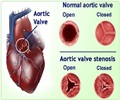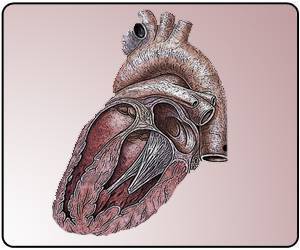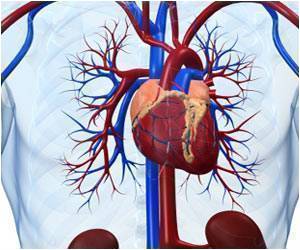A new study published in the JAMA revealed that among patients who underwent transcatheter aortic valve replacement (TAVR), the death rate after one year was nearly one in four.

The median age of the study patients was 84 years and 52 percent were women. Following the TAVR procedure, 60 percent were discharged and the 30-day mortality rate was 7.0 percent. At the end of 1 year, the overall mortality rate was 24 percent, the stroke rate was 4.1 percent, and the rate of the composite outcome of mortality and stroke was 26 percent. Also, 47 percent of patients who remained alive at 12 months had not been re-hospitalized, 24 percent were re-hospitalized once and 12.5 percent were re-hospitalized twice. Re-admission for a composite of stroke, heart failure, or repeat aortic valve intervention occurred in 19 percent of patients. Characteristics significantly associated with 1-year mortality among patients included advanced age, male sex, end-stage renal disease and severe chronic obstructive pulmonary disease. As compared with men, women had a higher risk of stroke.
The authors said, "The rate of l-year mortality reported with this registry is similar to that in other comprehensive reports. Although this study includes only patients considered to have high risks with AVR, the majority of this mortality does not represent periprocedural complications, as 30-day mortality was only 7.0 percent. As such, this makes it imperative to focus on better prediction of the overall risks and benefits of the procedure, particularly given the existing comorbidities of the group of patients being considered for TAVR. It may be possible to identify patients who may not benefit from this procedure and who should be counseled accordingly."
The researchers wrote, "Although 3 randomized trials and multiple single-center and multi-center registry studies have been published, the profile and longer-term outcomes of U.S. TAVR cases in routine clinical practice remains limited. These findings should be helpful in discussions with patients undergoing TAVR."
Source-Medindia











